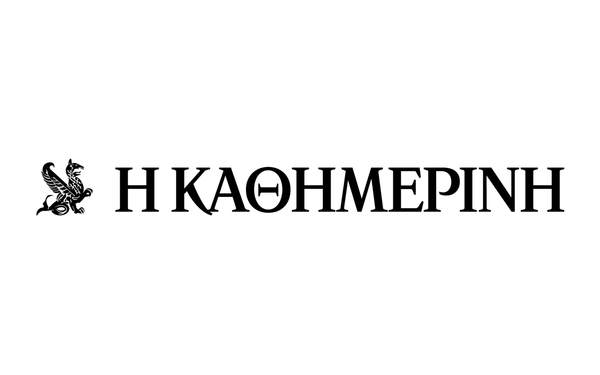
A Russian collection of works of contemporary art. A private and a young one. Stella Art Foundation (founding year: 2004) starred at the last Venice Biennale, occupying the famous Ca’ Rezzonico palace and presenting selected parts of its collection next to a preview of the celebrated Pinault’s Collection. This self-assurance of the Russian foundation proved to be justified to a considerable degree: the exhibition at the Venetian palace was a success.
What is the distinctive feature of this collection, according to what we saw in Venice, and now also in Thessaloniki (in the building of the National Bank’s Educational Foundation on Vasilissis Olgas Str.)? In our opinion, it is its “Russianness.” Although it also contains artwork of famous Western artists, such as Robert Mapplethorpe, Alex Katz, Spencer Tunick, Joseph Kosuth and others, the collection’s core and its main power are the pieces of the most significant Russian artists of our days.
Oleg Kulik, Ilya Kabakov, Igor Makarevich and a whole constellation of other artists from Russia and other former Soviet republics are represented by mature works rooted in the multipletraditions of the Russian art that are unique in many respects: from diverse and inexhaustible avant-garde art of the revolutionary period through the long tradition of the Russian lyric art and Moscow conceptualism of the 1970s.
Thalea Stefanidou, curator of the exhibition entitled Subjective Visions, selected some exceptional pieces from Stella Kesaeva’s collection and skillfully arranged them in the eclectic building of the National Bank’s Educational Foundation: a middle-class house with small rooms and ample decorations. The arrangement, with intense chiaroscuro and independent rooms communicating by opposition or sequence, reminded us of exhibitions of contemporary art in Venetian palaces, so densely decorated and self-sufficient. Here, too, the environment didn’t oppress the exhibited works but, rather, integrated them and emphasized their most interesting features.
Walking around the silent house that keeps memories from Thessaloniki’s rich Jewish past, one encounters reflective, dense and esoteric works demonstrating vigour, depth and breadth of present day’s Russian art.